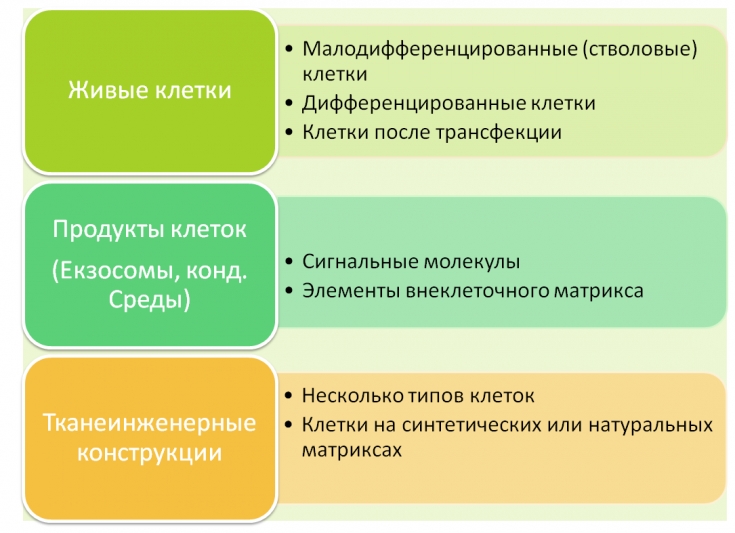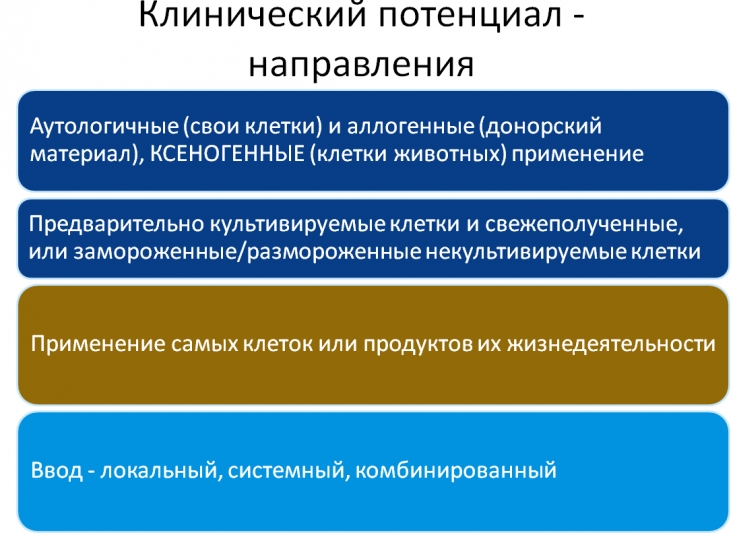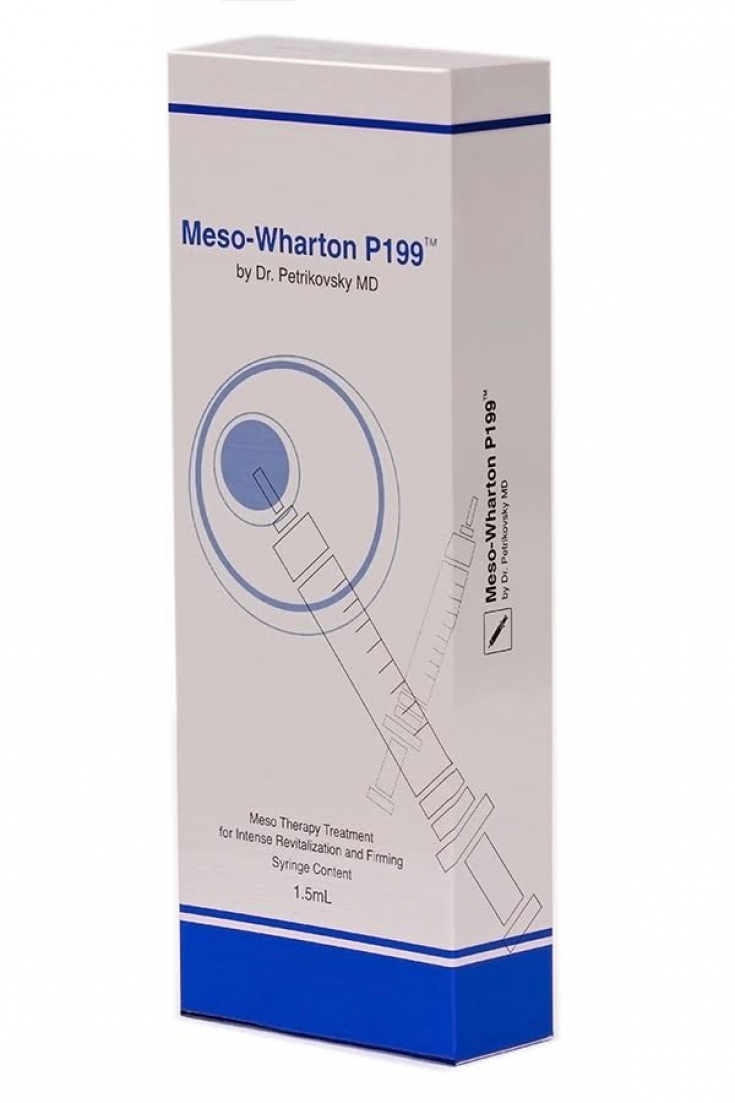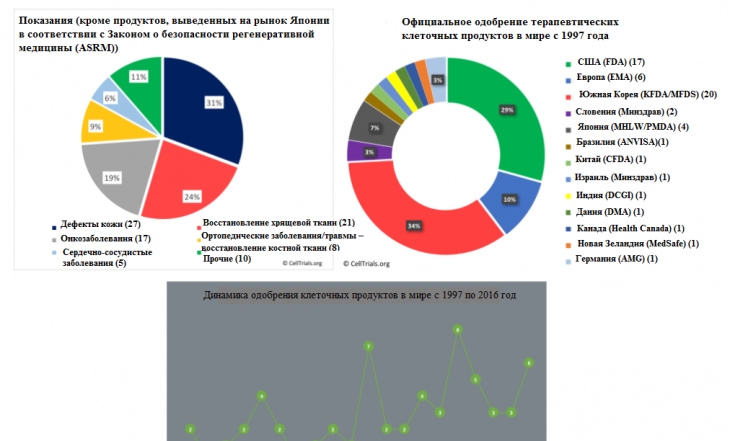Regenerative medicine is formed on the basis of biology, medicine and engineering. It is believed to have the potential to revolutionize the way we improve health by restoring, maintaining and improving organ and tissue function. Today, within the framework of regenerative medicine, methods of treating a wide range of diseases are being developed. The most notable results were obtained in several directions, such as diabetes, nervous diseases, eye diseases, etc. Read about the features of regenerative medicine in an interview with Olga Maslova, Candidate of Biological Sciences, cell biologist, science popularizer.
What is cell regenerative technology?
Today, the most popular branch of medical research – These are regenerative technologies, that is, different methods aimed at restoring the body. Cellular technologies – this is a subgroup of regenerative technologies that is associated with the use of cells. Cells can be used in several ways:
- First way: using a living cell directly. These are injectable, expensive, high-tech methods, most of which are at the stage of clinical trials;
- The second group of activities: this is the use of cell products, that is, the use of certain substances that cells synthesize in culture, and then in production these substances are selected and transferred into various preparations, means. Such approaches are now being tested in clinical trials, some are already on the market, and in general, this is a fairly promising direction;
- and a third, more futuristic model: these are tissue-engineered constructs. There is a use of aggregates of cells that outside the body are transferred to a state as close as possible to any organ, or to the structure of the tissue from which they were extracted. These processes occur at the level of laboratories; they have not yet reached active clinical use. Exceptions are, perhaps, tissue-engineered skin constructions, which are already used in some cases in & nbsp; severe burns.

The next group of technologies that affect cells is a whole group of products, including a variety of platelet products. But here you need to understand that, firstly, the platelet itself is not quite a cell – this is such a plate, the remnant of the cell. Secondly, those products that are inside it are used, and they can already influence the cells themselves in some way. That is, the technique implies the introduction of cell waste products; in cosmetology, plasmolifting is a prominent representative.
This technique has a number of nuances, because a lot depends on the individual characteristics of the patient, and, accordingly, on the quality of his platelets. The method of obtaining the material is also important.
The same procedures that can affect cells, but are not cells themselves, include drugs obtained from organ tissues, including synthetic drugs, which include synthetic peptides. All these substances can affect how our cells repair themselves and the structure of our tissues, skin for example. Accordingly, these approaches can be classified as regenerative medicine.

Are these technologies used in practice?
Different variations on the theme of PRP are already used almost routinely and often, cell technologies are being tested as part of clinical trials, for some diseases they are already prescribed as the drug of choice, but there are still very few such diseases, for most – These are different stages of clinical trials. We all know that clinical trials consist of several stages. The very first stage – this is preclinical (on animals), then healthy volunteers are connected, safety and efficacy are tested. A very complex process is taking place, so today only & nbsp; about some drugs we can say that they are already "fully proven". In parallel, there is still such a separate area as commercial clinics that take responsibility for the result. And based on tests that are not always carried out to the end, they offer a product for money. There are different attitudes to this, in some countries it is allowed, in some it is not, in some there are no comments – prohibited or allowed. There is already a choice of the patient and his degree of literacy in order to understand when it is worth taking risks and when not.

How long ago did the concept of "cell regenerative technologies" appear?
This is a large layer of different technologies, and they all appeared at different times. Some appeared & nbsp; back in the late 80s, some have begun to appear as early as the 21st century. And here It is very important to distinguish that the very use of – this is a young technique that has just begun to go through the stages of research, and the technology of using cell waste products, or synthetic analogues of peptides that affect their own cells, including stem cells, is a completely different process. There is, for example, a drug that has a very interesting history related to the activity of Professor of Obstetrics and Gynecology in New York, Dr. Boris Petrikovsky. He drew attention to the fact that the healing of tissues in the fetus during intrauterine operations proceeded without scar formation. It was assumed and then nbsp; it has been proven that this process is due to the high proliferative activity of stem cells, which are of embryonic origin and are located in the jelly-like substance of the umbilical cord, namely – in Wharton's jelly.

This structure contains hundreds of signaling molecules, cytokines, components of the extracellular matrix. From a variety of substances, a peptide has been isolated that potentially activates stem cell division, and it is its synthetic analogue that is included in the preparation Meso-Wharton (Mezovarton). This representative of the drugs of that branch technologies that do not contain cells, but are able to influence the state of their own mesenchymal stem cells (MSCs), which positively affects the state of the dermis.
What are the prospects for the development of regenerative medicine?
The prospects are very bright, there is a possibility that indeed those diseases that are currently insufficiently studied can be treated with the help of "smart" cells that will initially influence the cause of the disease, and that will be great. But you need understand that in order for this to become possible, it is necessary to study the features of the pathological process well, to assess the safety of using cells. Therefore, for now, we are talking about it as about the future, and not about what is already happening en masse.
For what purposes can technologies be used in aesthetic medicine?
Aesthetic medicine, first of all, wants everyone to be beautiful, therefore, of course, techniques of cell regenerative technologies, fibroblast injections to maintain youthful skin and other technologies are very often aimed at restoring the quality of the skin and the desired appearance. But here, too, you need to understand that with the help of cellular technologies, it will not work to reverse time, in any case, this is treatment, replacement, change. Also, for aesthetic medicine, & nbsp; different damage to the structure of the skin, these are wound processes, & nbsp; cicatricial lesions of the skin, i.e. medical use, and not just an aesthetic desire to be a little more beautiful. There are a lot of developments in this area, clinical trials, again, burns, some kind of non-healing wounds, diabetic wounds. So many things like this

I am a biologist, not a doctor, so I do not recommend anything to anyone at all, but here you need to look not at age, but at the state of health. If there is some kind of pathology, it is necessary to look at the patient's condition and correlate the risks.
If the patient still wants to just look younger?
My subjective opinion is that this is not advisable due to cellular intelligence. The fact that we may think that we are not beautiful enough is not perceived by the cell as a problem, it only picks up chemical signals. And signals, when there is a scar, wound or burn on the face, it immediately catches, and when there is a wrinkle on the face that we do not like, the cell does not perceive it as a motivation to work. That is why we age, because our body is programmed that way.
If you still have a strong desire to "rejuvenate" externally, to reduce the appearance of wrinkles, you need to contact experienced doctors of aesthetic medicine, who understand very well how this or that drug works, declaring itself in the cellular regenerative field.From the point of view of stem cells – multipotent cells (the most commonly used type) by themselves cannot cause oncological degeneration, but if, for example, a mesenchymal cell communicates with a cell that is already cancerous, then it can “recruit” something “not understand”. And then we do not vouch for her future behavior, although she can also release substances that will fight cancer cells. But it is difficult to predict the course of events, therefore
presence of cancer is an exclusion criterion. Things are somewhat different with hematopoietic cells, which, on the contrary, are often used to treat oncohematological diseases, but this is no longer the field of aesthetic medicine.
There are a number of nuances associated with genetic diseases, in regenerative medicine everything is quite individual.
Decisions about the use of any medications must be weighed and only take place after the appointment of the attending physician.









Add a comment